
Aft Cockpit Sailboats
The most popular class of sailing yacht providing better visibility and control for the skipper and spacious living accommodations below deck.Manufacturers of aft Cockpit Sailboats
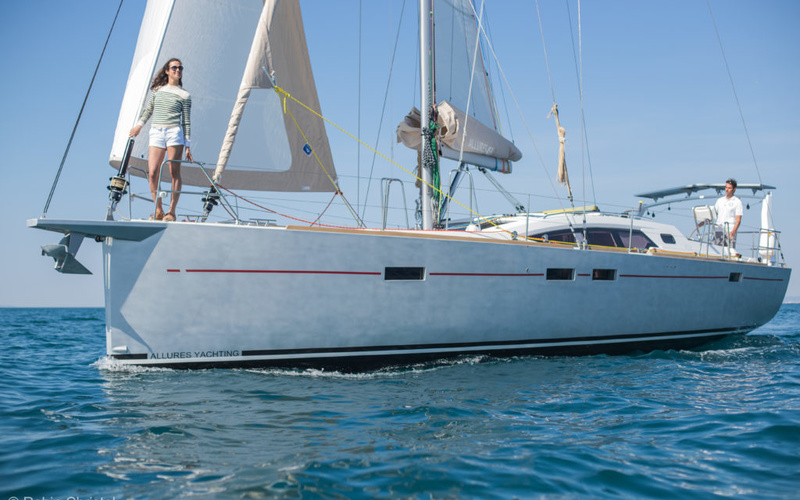
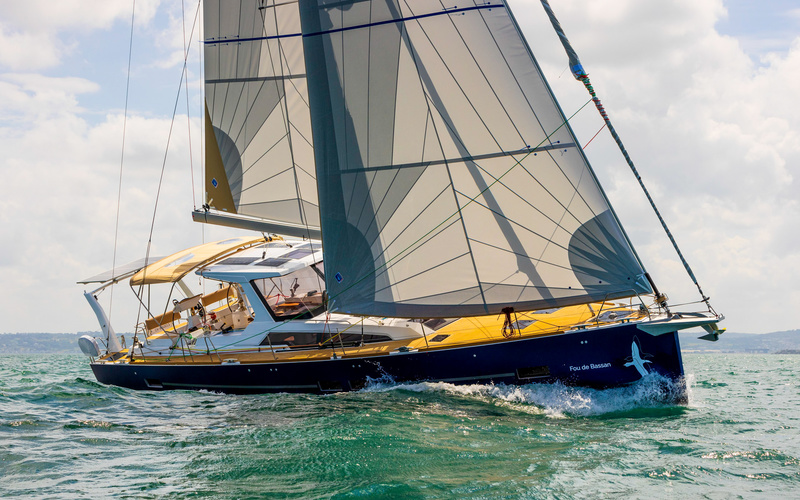


The brand Allures produces aft cockpit sailboats and aluminum sailboats. There are 3 models currently in production ranging from 14 to 16 meters. We invite you to explore all current and older models from Allures and contact us for sales and pricing information.
Read more >
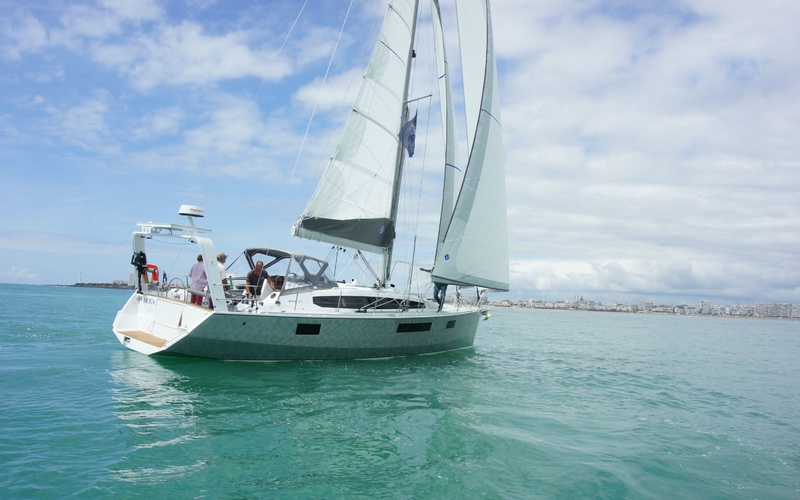
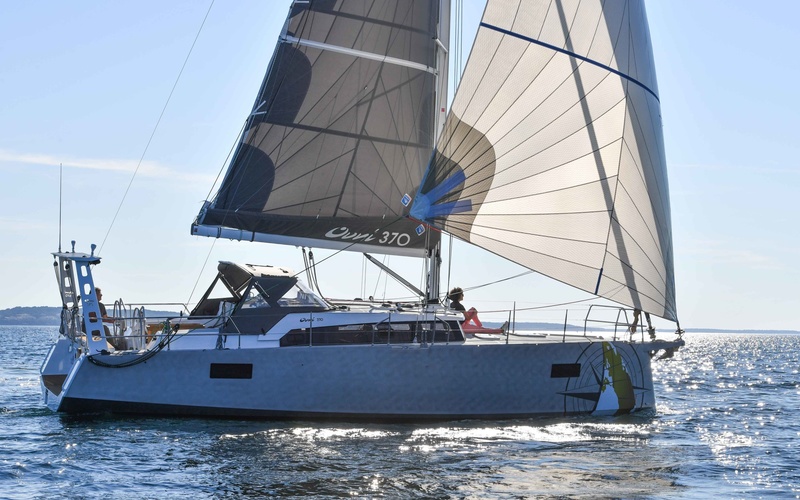
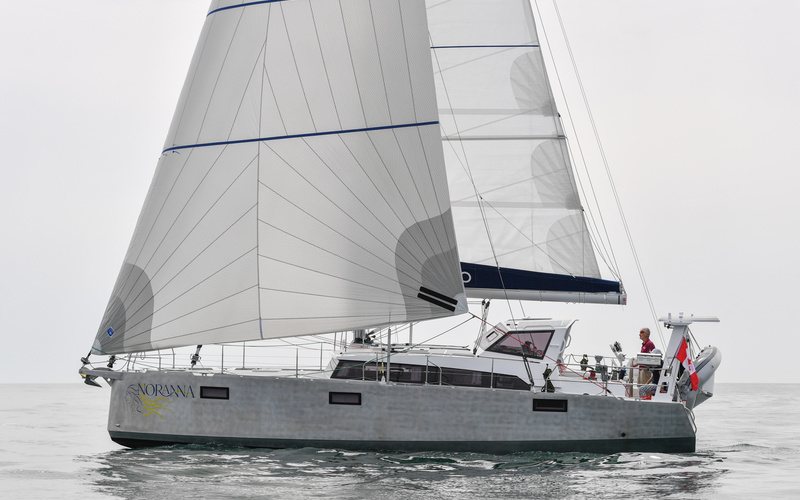

The brand Alubat produces aluminum sailboats and lifting keel sailboats. There are 6 models currently in production ranging from 11 to 16 meters. The current model range includes 3 lines: CIGALE, OVNI and OVNICAT. We invite you to explore all current and older models from Alubat and contact us for sales and pricing information.
Read more >

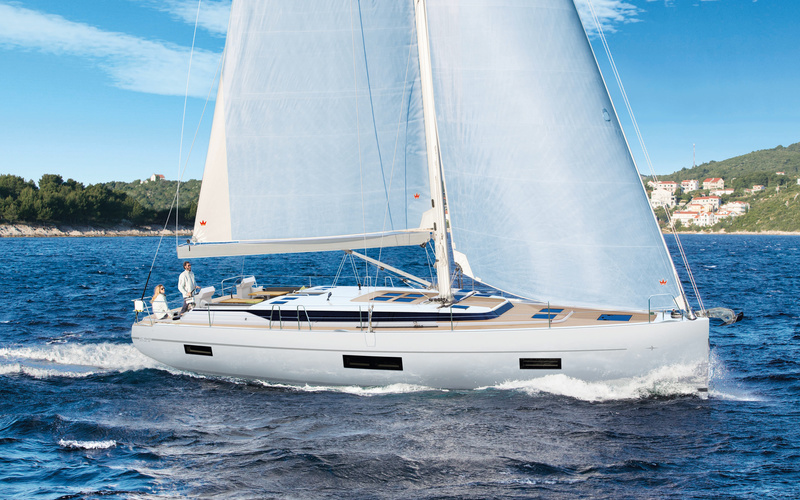
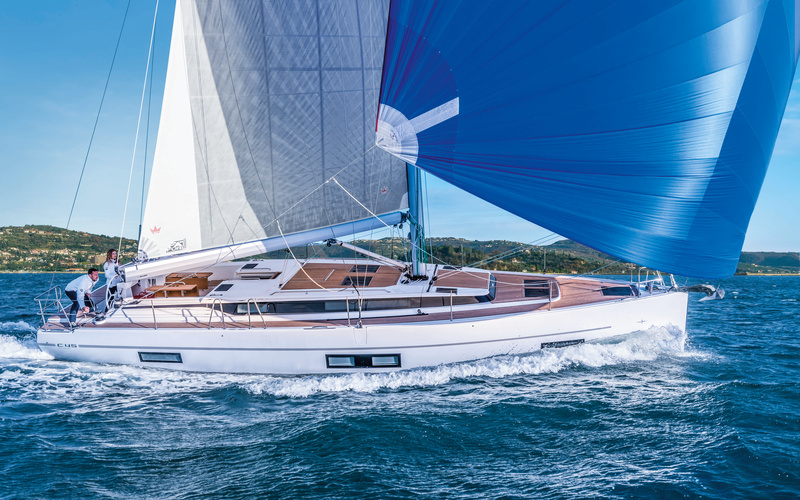
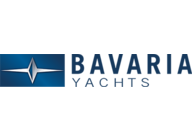
The brand Bavaria Yachts produces aft cockpit sailboats and semi-enclosed yachts. There are 27 models currently in production ranging from 9 to 18 meters. The current model range includes 8 lines: C-Line, Cruiser Line, R-Line, S-Line, SR-Line, Vida Line, Virtess Line and Vision Line. We invite you to explore all current and older models from Bavaria Yachts and contact us for sales and pricing information.
Read more >


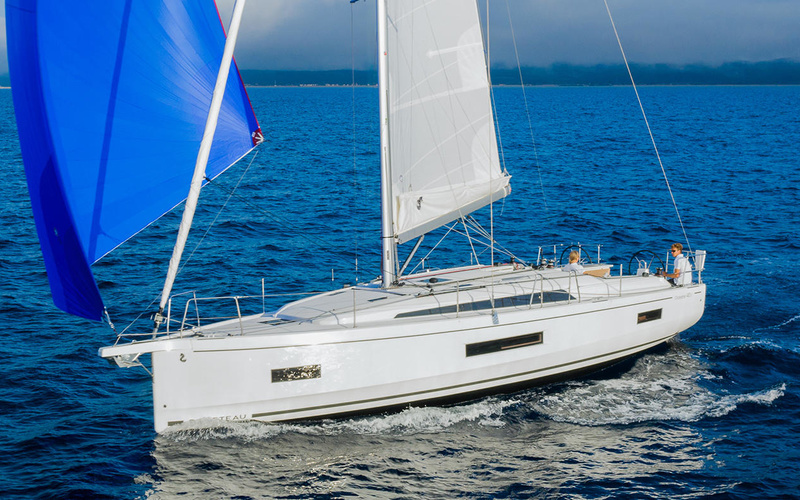
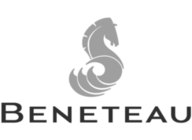
The brand Beneteau Yachts produces aft cockpit sailboats and outboard boats. There are 44 models currently in production ranging from 4 to 19 meters. The current model range includes 8 lines: Antares, First, First SE, Flyer, Gran Turismo, Oceanis, Oceanis yacht and Swift Trawler. We invite you to explore all current and older models from Beneteau Yachts and contact us for sales and pricing information.
Read more >
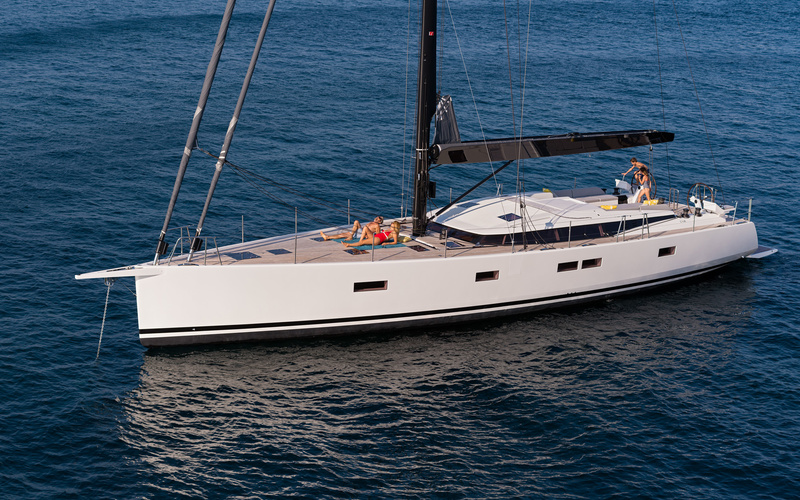

The brand CNB produces luxury sailing yachts, minimalist sailboats and is also active in the superyacht market. There are 4 models currently in production ranging from 20 to 29 meters. We invite you to explore all current and older models from CNB and contact us for sales and pricing information.
Read more >
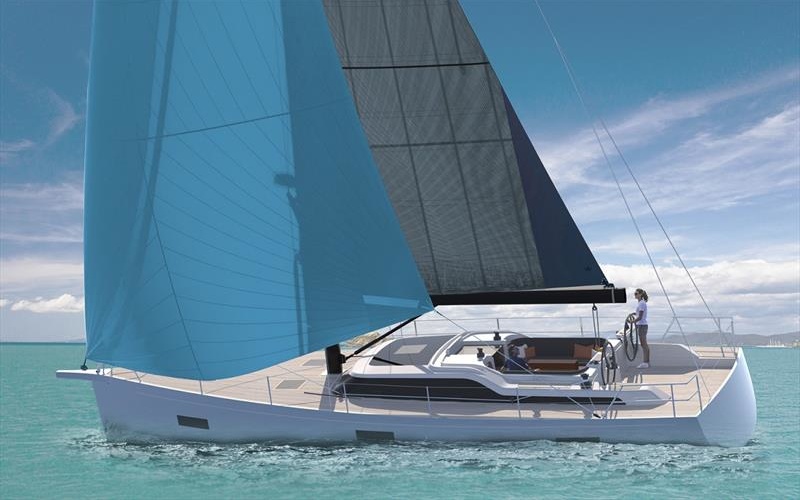

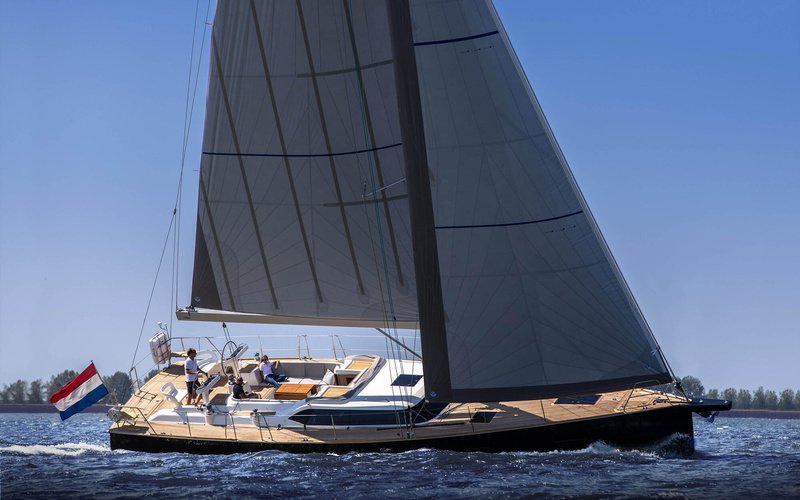
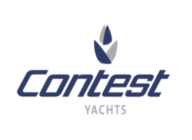
The brand Contest Yachts produces aft cockpit sailboats, luxury sailing yachts and is also active in the superyacht market. There are 14 models currently in production ranging from 12 to 26 meters. The current model range includes 2 lines: Motor and Sailing. We invite you to explore all current and older models from Contest Yachts and contact us for sales and pricing information.
Read more >
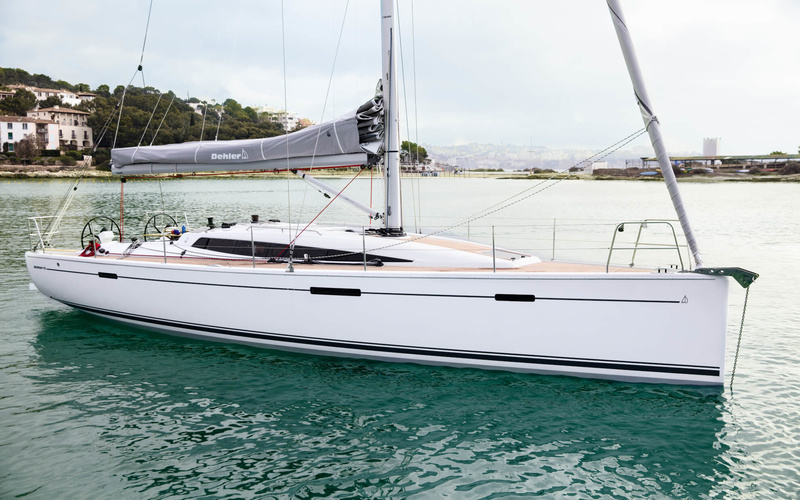

The brand Dehler produces one-design racing keelboats and performance cruisers. There are 5 models currently in production ranging from 10 to 15 meters. We invite you to explore all current and older models from Dehler and contact us for sales and pricing information.
Read more >
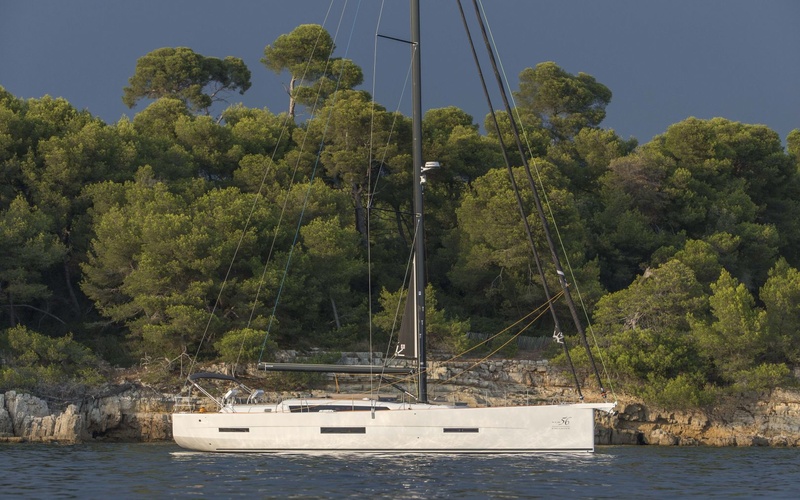

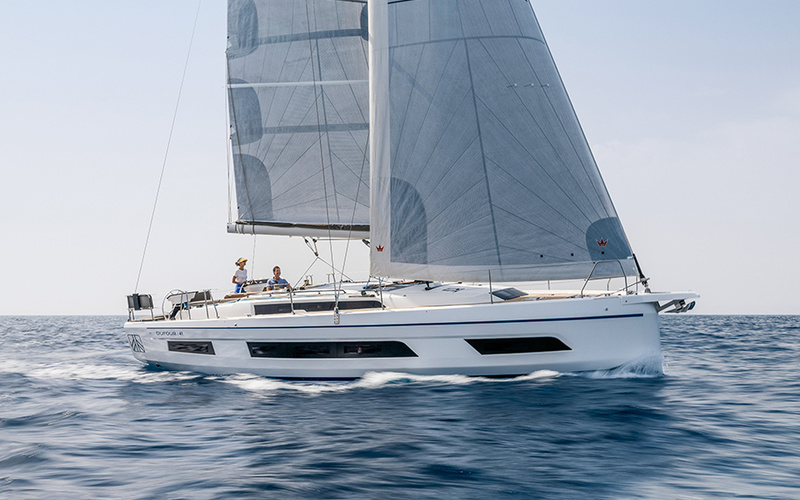
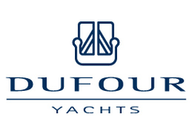
The brand Dufour produces aft cockpit sailboats and sailing catamarans. There are 13 models currently in production ranging from 10 to 20 meters. The current model range includes 2 lines: Catamarans and Sailing Yachts. We invite you to explore all current and older models from Dufour and contact us for sales and pricing information.
Read more >
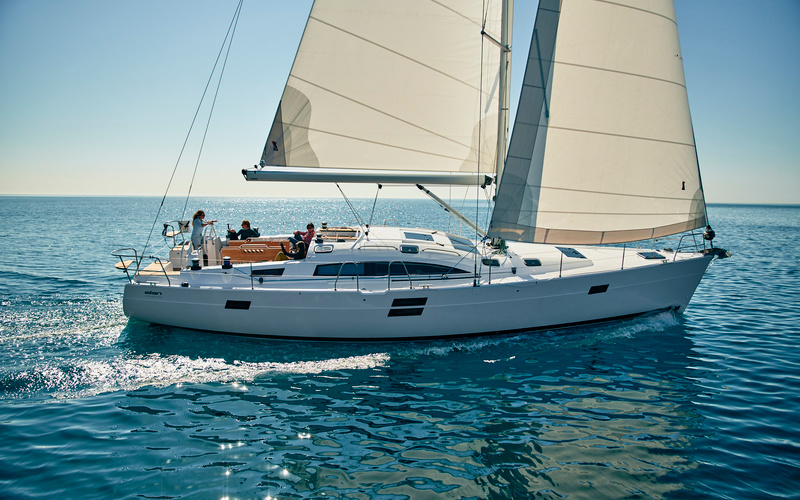

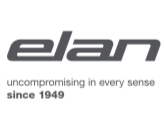
The brand Elan produces aft cockpit sailboats and performance cruisers. There are 8 models currently in production ranging from 10 to 16 meters. The current model range includes 3 lines: E-Line, GT-Line and Impression. We invite you to explore all current and older models from Elan and contact us for sales and pricing information.
Read more >
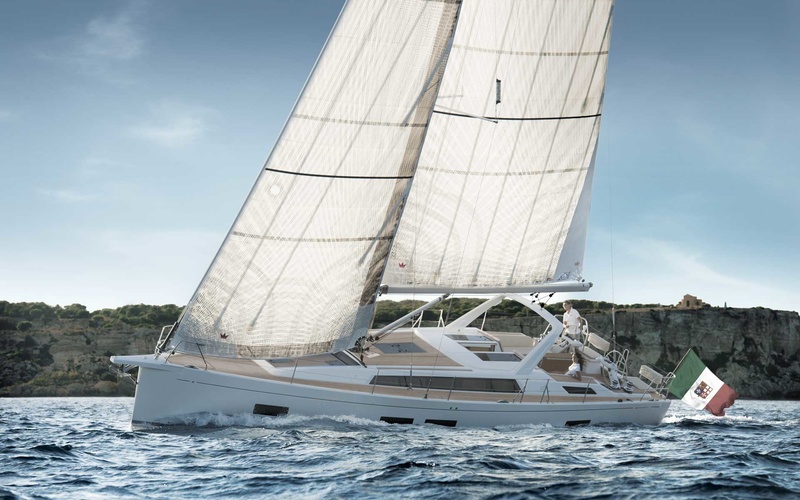

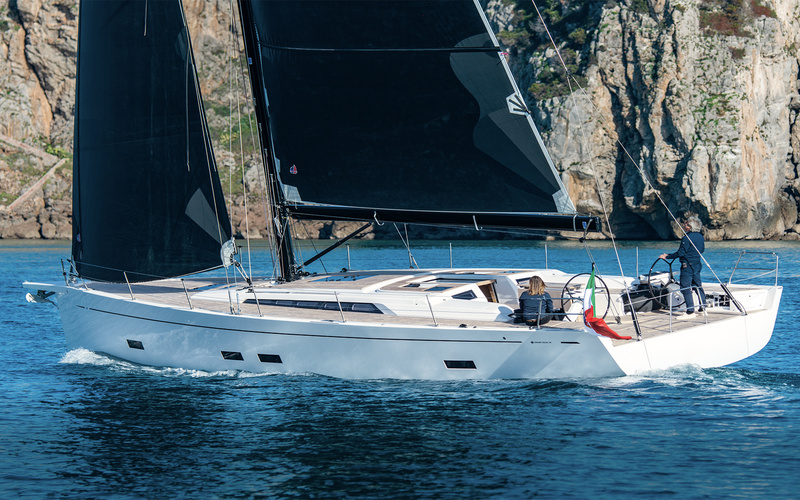
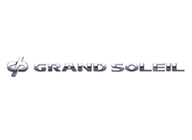
The brand Grand Soleil produces aft cockpit sailboats and performance cruisers. There are 15 models currently in production ranging from 10 to 26 meters. We invite you to explore all current and older models from Grand Soleil and contact us for sales and pricing information.
Read more >
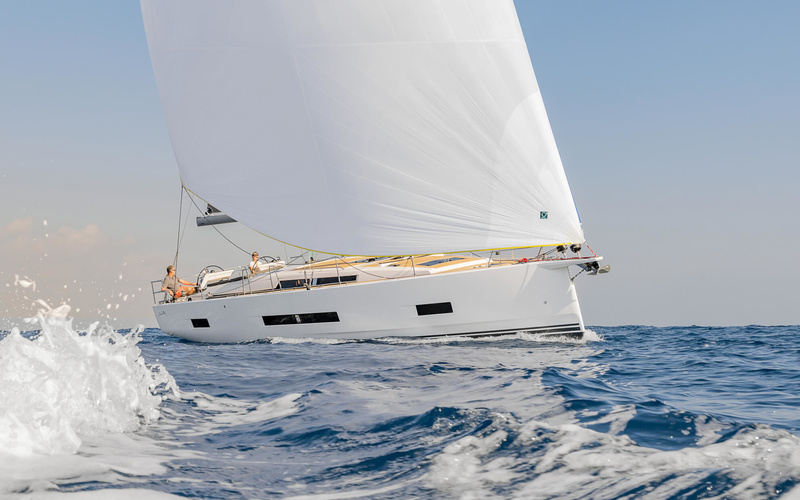


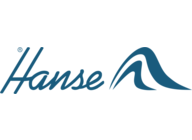
The brand Hanse produces aft cockpit sailboats and is also active in the superyacht market. There are 8 models currently in production ranging from 9 to 18 meters. We invite you to explore all current and older models from Hanse and contact us for sales and pricing information.
Read more >
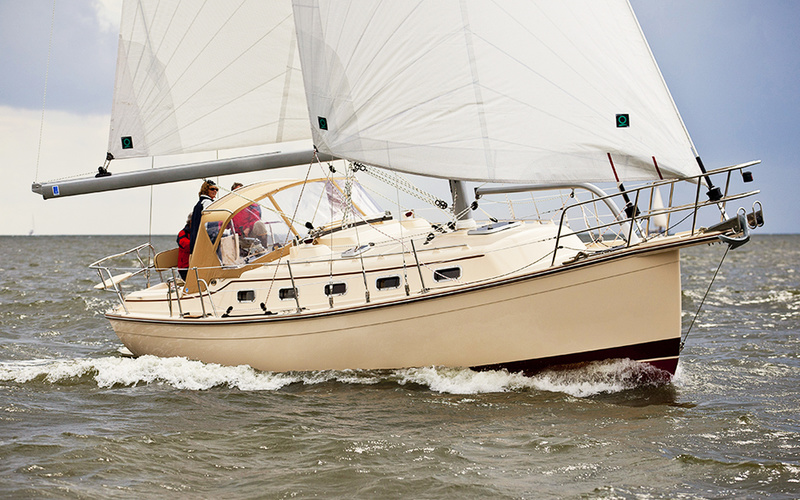
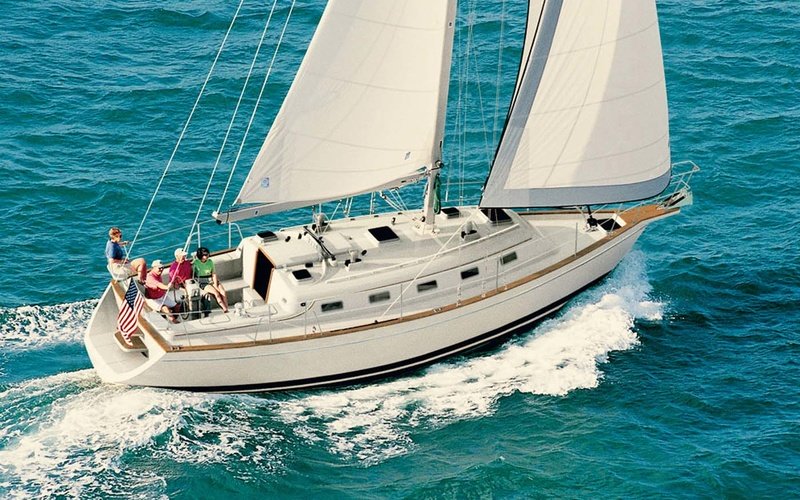

The brand Island Packet Yachts produces aft cockpit sailboats and center cockpit sailboats. There are 7 models currently in production ranging from 11 to 16 meters. We invite you to explore all current and older models from Island Packet Yachts and contact us for sales and pricing information.
Read more >
Selling Brokers Aft Cockpit Sailboats
Category Description
This is the most popular type of production sailboat. World's largest builders of sailing cruisers are betting on this type of boat, Beneteau, Hanse and Bavaria among them. As the name of the category implies, the cockpit of such boats is shifted aft, closer to the stern. The stern is usually open, wide and flat. Twin rudders are located aft. Winches are also brought out there to control the sails. There are a couple of benches and a folding table right in front of the steering wheels. To protect this big open area from the elements one should consider buying an optional bimini tent.
In comparison with center cockpit sailboats, boats with aft cockpit configuration of the deck have lower and wider aft part. This means it is more convenient to board and leave the yacht and the visibility under the genoa is better. The lower freeboard makes it easier to more in the marinas. Aft cockpit sailboats have generous space for al-fresco dining, large swimming platforms and huge aft lockers. On some big models there is even a tender garage incorporated into the rear part of the boat.
The boom can be lowered without risk of hitting people. On the contrary, on center cockpit boats the boom should be placed higher as it turns just above the heads of those who are sitting at the cockpit table.
The disadvantage of aft cockpit arrangement vs center cockpit arrangement is a smaller space for the aft cabin, especially on middle sized boats 35-40 ft in length. Also, the center cockpit feels more secure than an aft cockpit as it is usually recessed inside the hull and it is possible to fully enclose it in case of bad weather.
There is a vast selection of new and used aft cockpit sailing cruisers on itBoat.com. To list a boat on our platform, go through a brief registration procedure or log in.
How are aft cockpit sailboats built?
Most aft cockpit sailboats are made from glass-reinforced plastic (GRP).
This is how the manufacturing process looks in general. A plastic mold is lined with gelcoat and layers of fiberglass cloth, which are then impregnated with resin using a method called Vacuum Infusion Process. When the resin dries out, the hull is taken out of the mold. The superstructure and the rigging are manufactured separately, to be joined with the hull later on.
GRP proved itself as a reliable material: a lot of production boats made from this material have sailed across the oceans. From 2012 to 2015 only, over 90 fiberglass production yachts successfully crossed the Pacific, 35 of which were Beneteau, 13 — Morgan Yachts, 12 — Jeanneau, 9 — Catalina, 8 — Hunter, 6 were Islander, 4 Pearson and 4 Dufour .
Some aft cockpit boats are made with carbon, which is lighter than GRP, but more pricey. As a rule, carbon is used for so-called sport cruisers — boats which can compete in regattas and at the same time are comfortable enough to live on board during extensive trips.
There is also a large family of aft cockpits which are made from aluminum.
Aluminum is also lighter than glass-reinforced plastic, but its main advantage is its behaviour in case of hitting an underwater object or grounding. Aluminum does not crack as plastic does — it bends in, which is more secure and easier to repair.
The most famous builders of aluminum sailboats are Garcia, Alubat, Allures and Boreal.
The most common keel type used on modern aft cabins is a fin keel which is usually built from the same material as the hull. All ocean going sailboats have ballast to prevent them from capsizing and make them more stable. The lower the ballast the better, so today ballast is often poured into the keel. The most common material for the ballast is lead as it has the best weight to volume ratio. The keel is built separately from the hull and then attached to it using bolts.
For shallow waters centerboards and retractable keels can be the preferred option.
The mast and rigging is attached to the keel on the final stages of construction. Most modern production sailboats have bermuda sails - one mast, the mainsail and the jib. On models designed for single handed or double handed sailing different options such as self-tacking jibs, boom furling systems or lazy jacks.
Similar categories

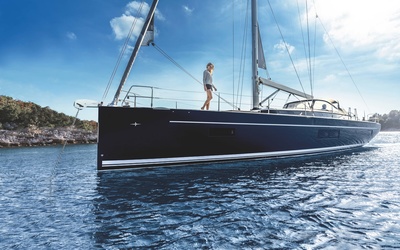

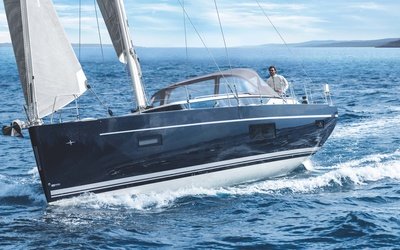


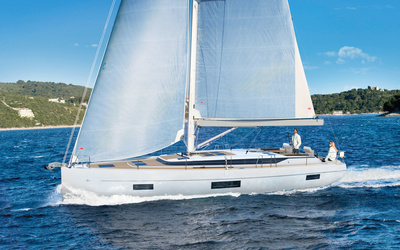
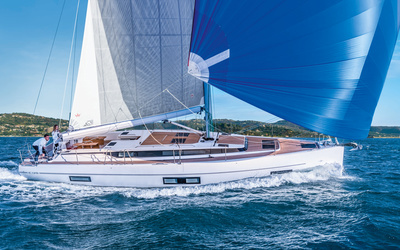
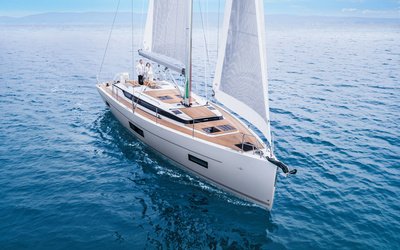
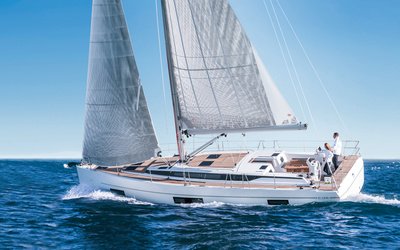



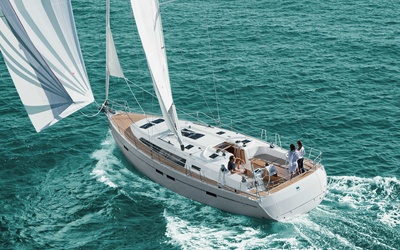


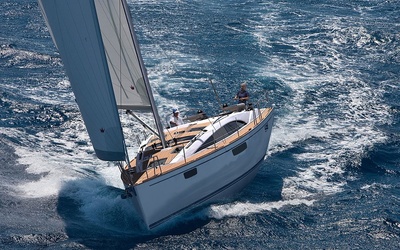





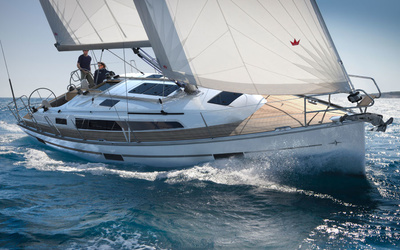


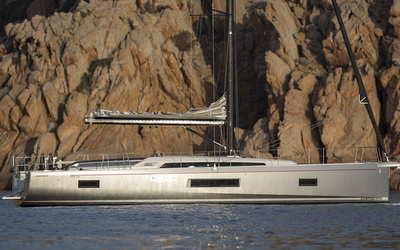
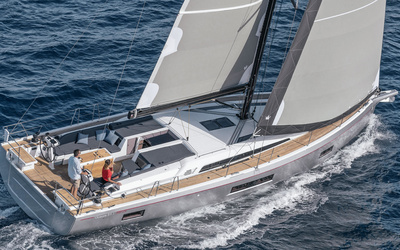
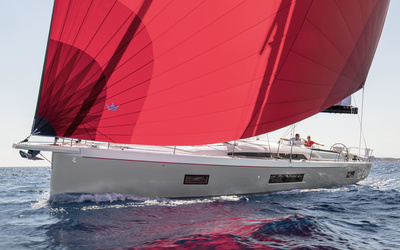

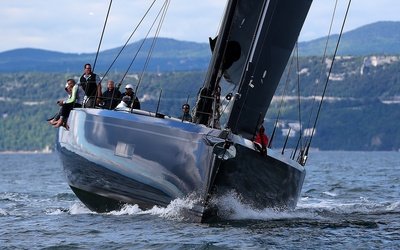
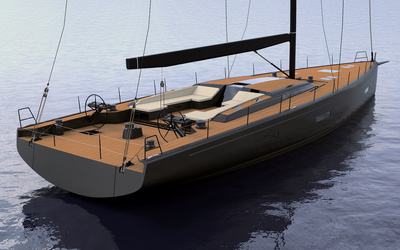
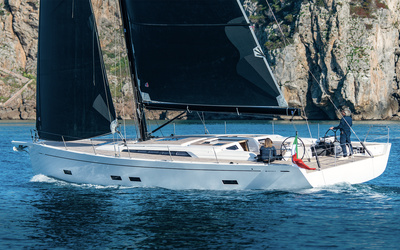


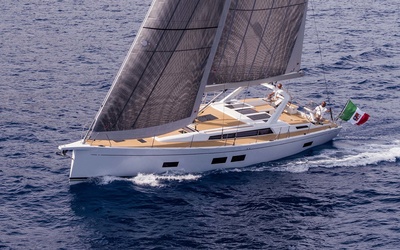
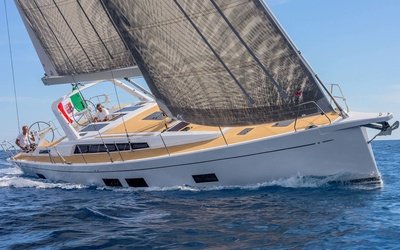
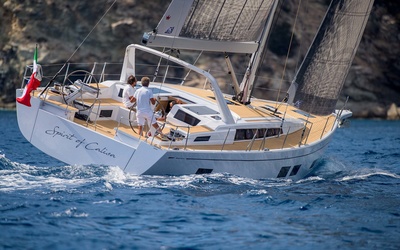
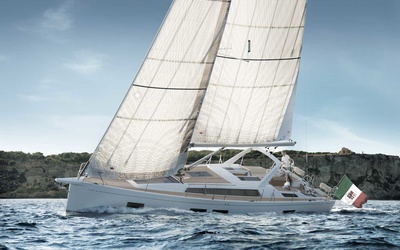
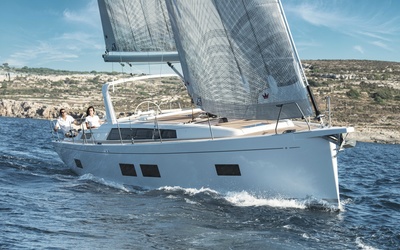
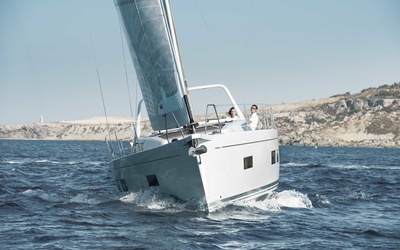
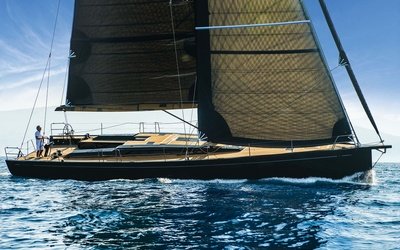

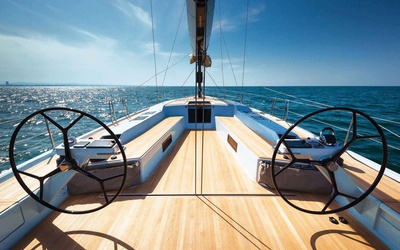



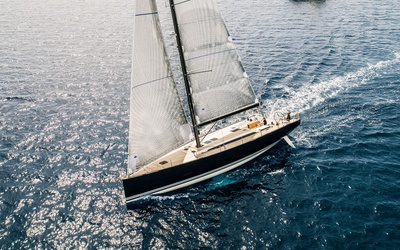
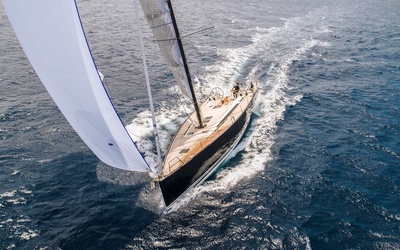
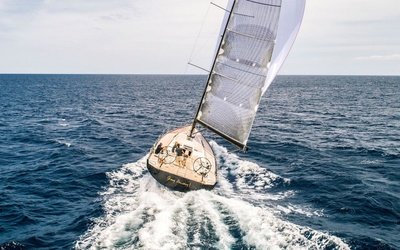
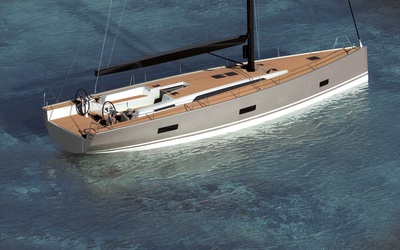
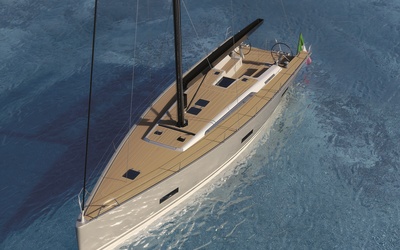
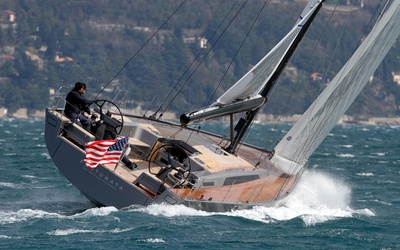
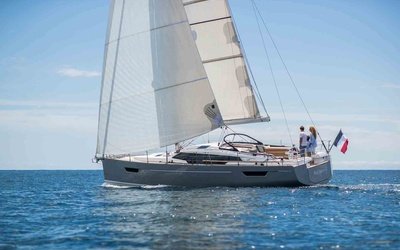


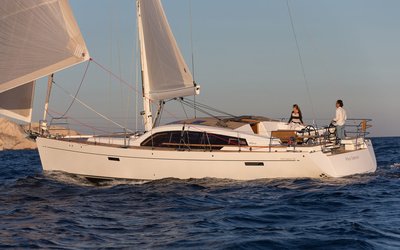
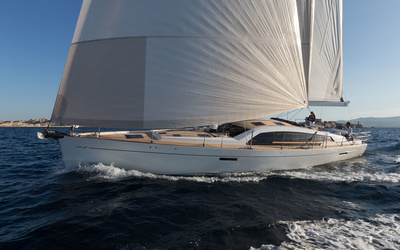
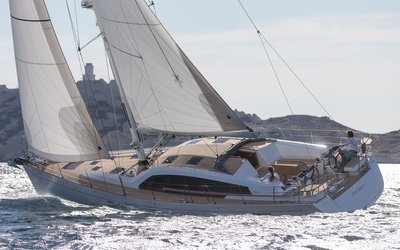
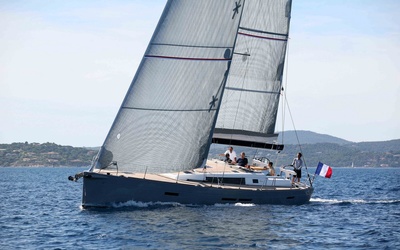


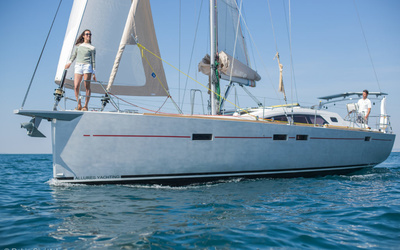


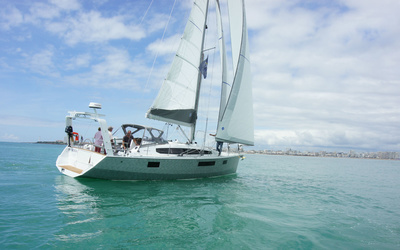


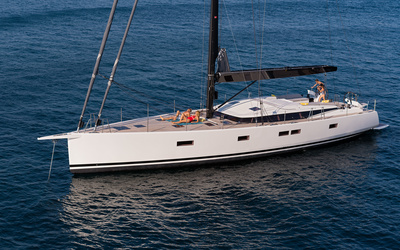






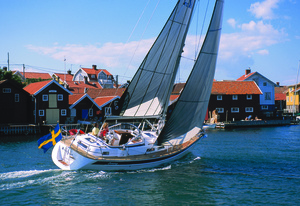 78
78
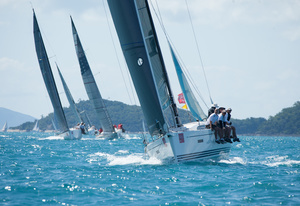 151
151
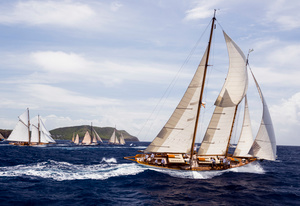 72
72
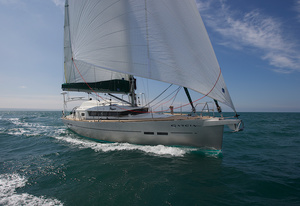 61
61
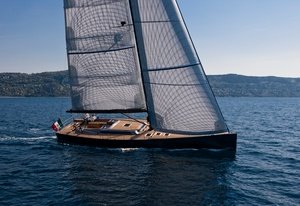 99
99
